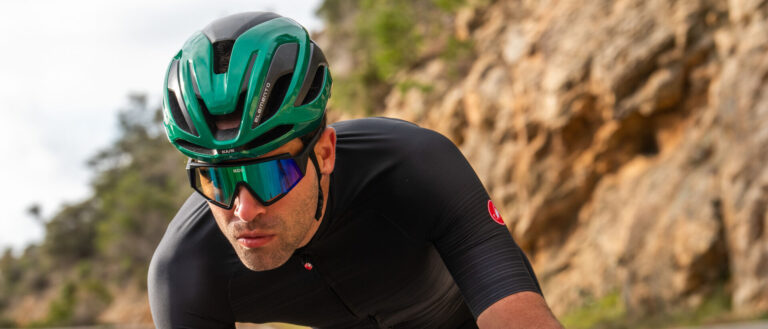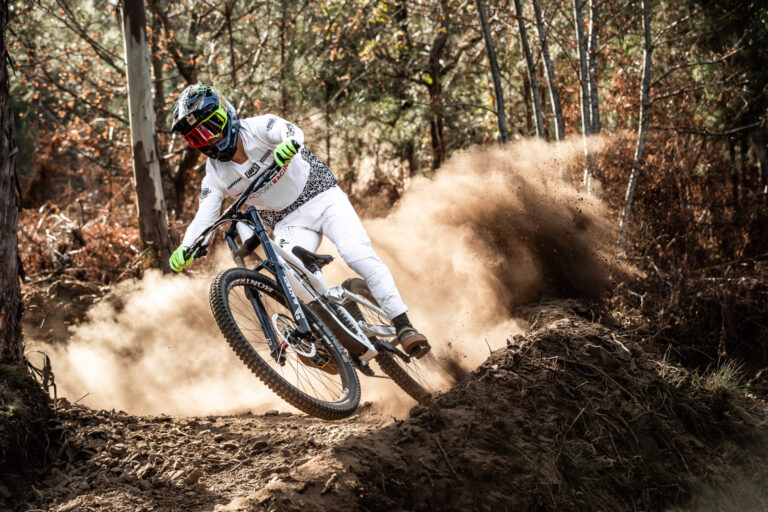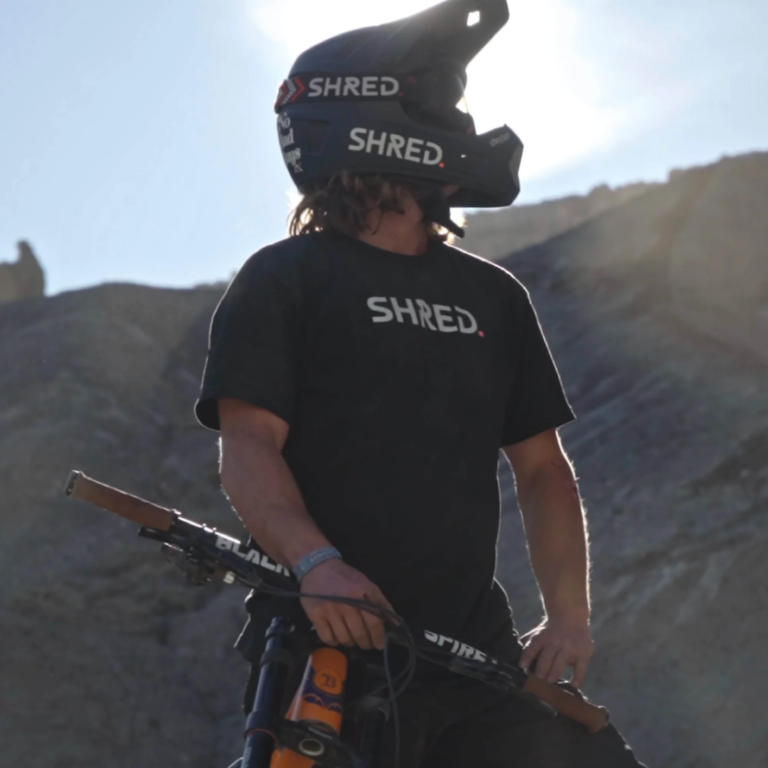Choosing a Gravel Bike Helmet for Winter Riding
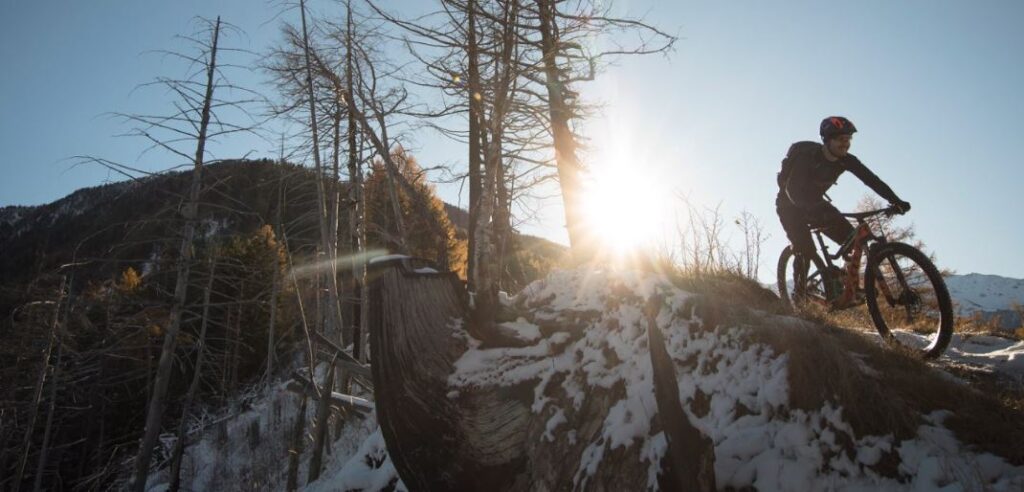
Key Point Summary of Choosing a Gravel Bike Helmet for Winter Riding:
- Insulation and Ventilation: A balance to keep warm yet avoid overheating.
- Visibility and Safety Features: Essential for shorter days and less predictable weather.
- Compatibility with Winter Accessories: Earmuffs, caps, and goggles for added warmth.
- Adjustable Fit: To accommodate extra layers worn underneath.
Embracing the crisp air and the solitude of winter gravel riding requires not just determination but also the right gear. Among the essentials, a proper helmet stands out—not just for safety but for warmth and comfort against the biting cold. Here’s a distilled guide, drawing from years of navigating through cold weather biking challenges, aimed at empowering you with the knowledge to choose the best winter gravel bike helmet.
The Balancing Act: Insulation and Ventilation
Winter helmets need to provide enough insulation to keep you warm, yet not so much that you overheat during more intense efforts. Look for models with adjustable ventilation, allowing you to open vents during climbs and seal them shut on descents and in windy conditions. My first winter ride with a summer helmet was a quick lesson in the importance of this balance—chilly at the start, yet uncomfortably warm mid-ride.
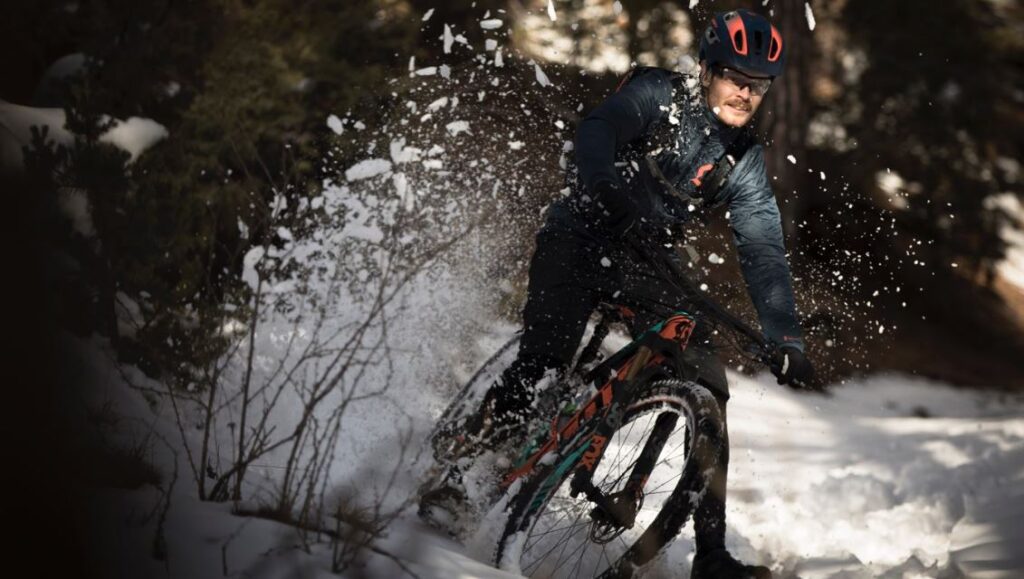
Be Seen, Be Safe
Winter means shorter days and often gloomier weather. Choosing a helmet with high visibility through reflective elements or bright colors is crucial. Moreover, integrated lights or mounts for attaching additional lighting can be lifesavers during those early evening rides when the light fades faster than expected.
Accessory Compatibility: Extending Warmth
A helmet that accommodates winter cycling accessories can make all the difference. Many winter rides were made more comfortable by helmets that could fit a thin cap underneath or had clips for securing goggles and earmuffs. Some helmets are designed with these colder months in mind, featuring built-in mounts or additional coverage for the back of the head and ears.
Adjustable for Layering
Winter riding gear invariably involves layering, and your helmet should adjust to accommodate this. A helmet with an easily adjustable retention system ensures you can fit it snugly, whether you’re wearing a thin skullcap on milder days or a thicker beanie when the mercury plummets. An ill-fitting helmet on a frosty descent is a mistake you only make once.
Wrapping Up
Choosing the right gravel bike helmet for winter riding involves more than just picking the warmest option. It’s about finding a helmet that balances warmth with breathability, enhances your visibility in low-light conditions, integrates well with winter accessories, and adjusts to fit over winter headgear.
With the right helmet, the cold months can transform from an off-season to a season of unique riding adventures, offering the quiet beauty of winter landscapes without the discomfort of the chill. Whether you’re just starting your gravel biking journey or looking to extend your riding into the colder months, the right helmet is out there, ready to make your winter cycling both safe and enjoyable.
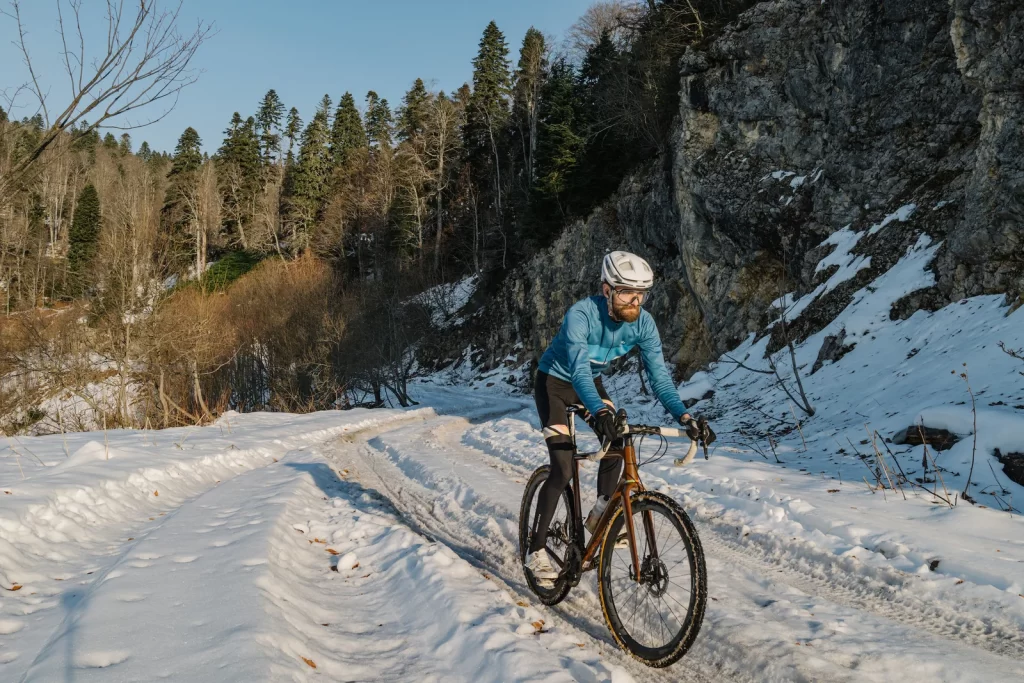
For winter gravel riding, where comfort, warmth, and safety in cold conditions are paramount, two helmets stand out for their performance and design:
Giro Timberwolf: The Giro Timberwolf is designed specifically for cold-weather cycling. It features extended coverage and fleece-lined pads for extra warmth, making it ideal for winter gravel rides. The helmet’s adjustable ventilation system allows for fine-tuning airflow, ensuring you stay warm without overheating. Reflective accents and compatibility with light mounts enhance visibility during short winter days.
POC Tectal Race Spin: While not exclusively a winter helmet, the POC Tectal Race Spin offers features that make it suitable for colder rides. It provides extended coverage around the head and temples, crucial for protection against falls on slippery terrain. The helmet’s ventilation system, combined with the lightweight design, ensures comfort without sacrificing warmth, especially when paired with a thermal cap. It also includes SPIN technology for added safety during impacts and is compatible with goggles, which can help protect against cold air and debris.
Both helmets excel in providing the protection, warmth, and versatility needed for tackling gravel trails in winter, offering cyclists the confidence to ride regardless of the temperature.
FAQ
What kind of helmet do you wear on a gravel bike?
For gravel biking, choose a helmet that offers extended coverage for protection against falls on uneven terrain, has good ventilation for long rides, and features a lightweight, comfortable design. Many gravel riders prefer helmets with a visor for sun and debris protection.
What is the difference between ski helmet and winter bike helmet?
Ski helmets are designed for cold weather and high-speed impacts, often featuring built-in insulation and fewer ventilation options. Winter bike helmets, while also built for cold conditions, prioritize breathability with adjustable vents to manage exertion levels typical in cycling, and are generally lighter.
What is the difference between road and gravel helmets?
Road helmets emphasize aerodynamics and ventilation for high-speed cycling on smooth surfaces, often featuring a sleek design. Gravel helmets provide more coverage and durability for protection against rough terrain, with features like visors and additional space for goggles.
How do I choose a gravel helmet?
Select a gravel helmet based on fit, comfort, and ventilation. Look for helmets with extended coverage for added protection, features like adjustable visors, and compatibility with sunglasses or goggles. Consider models with MIPS or similar technology for enhanced safety against rotational impacts.



